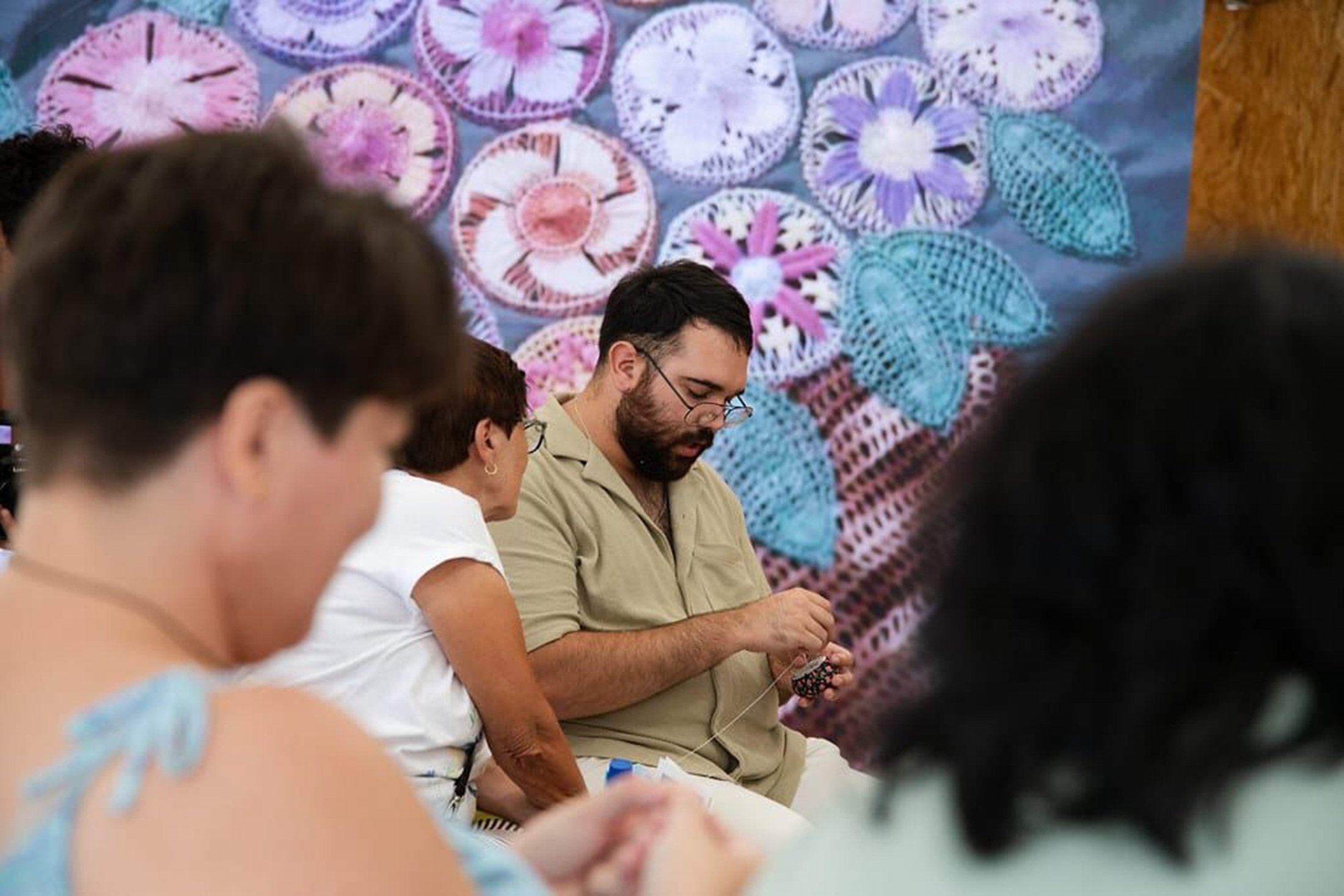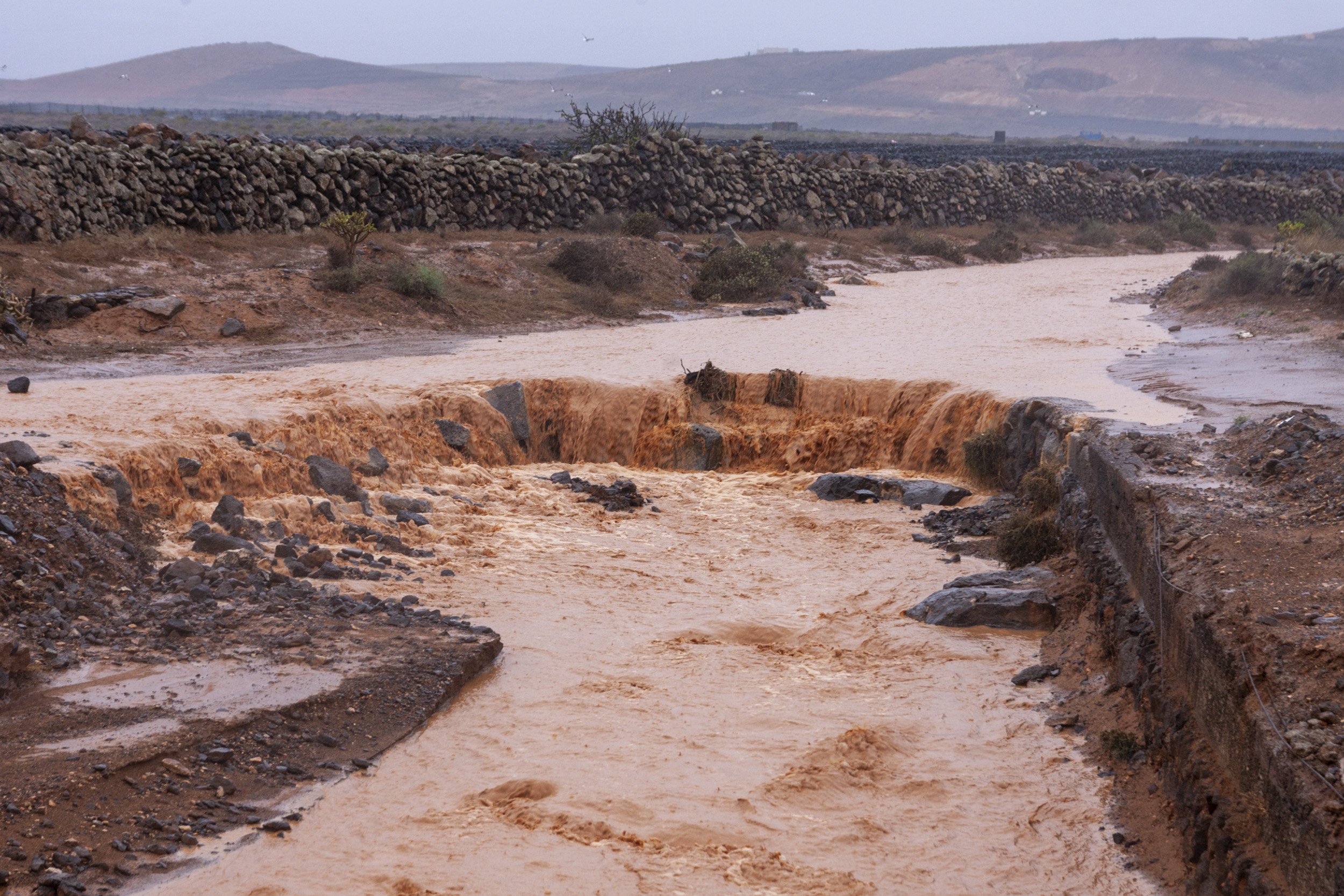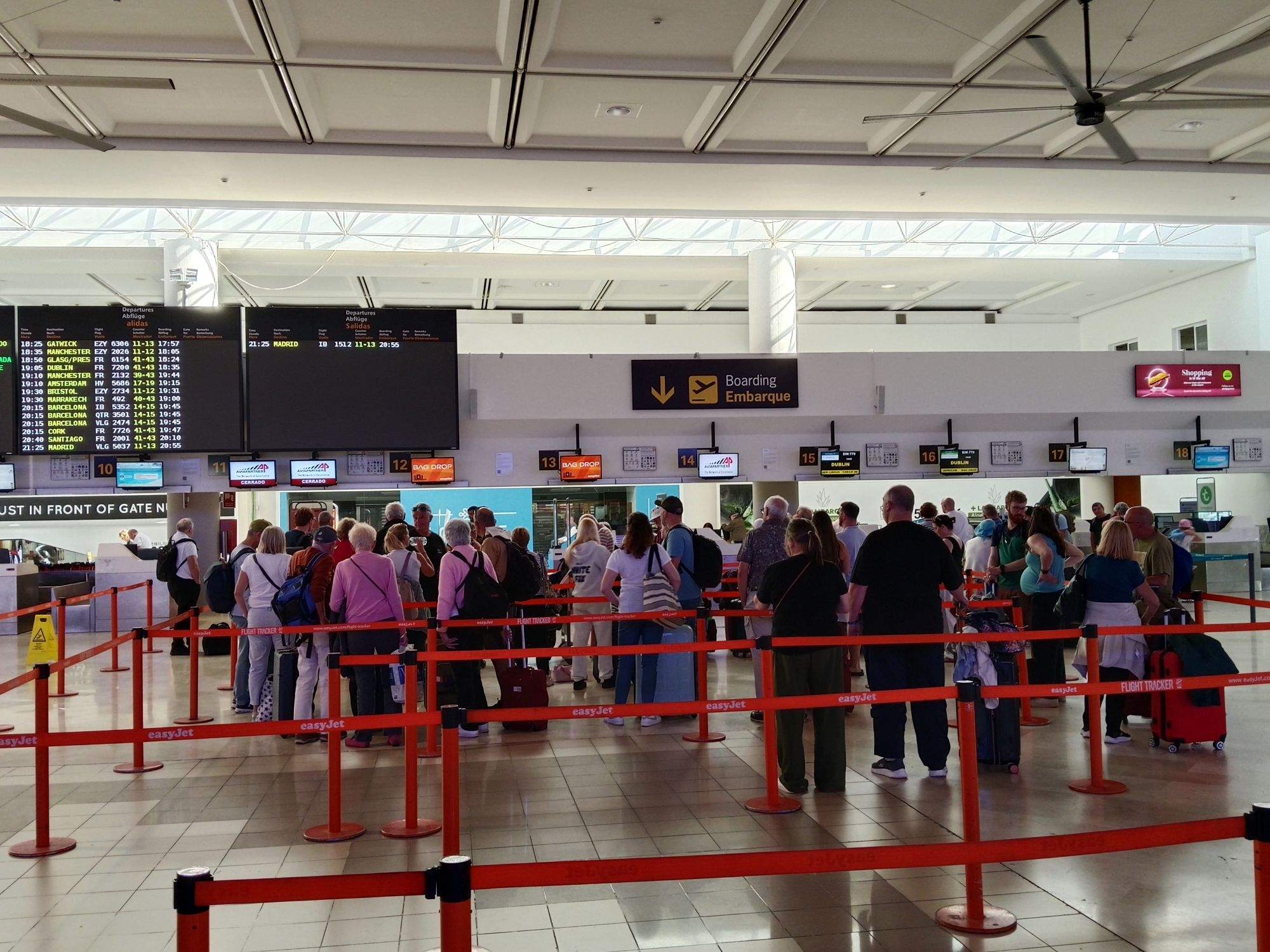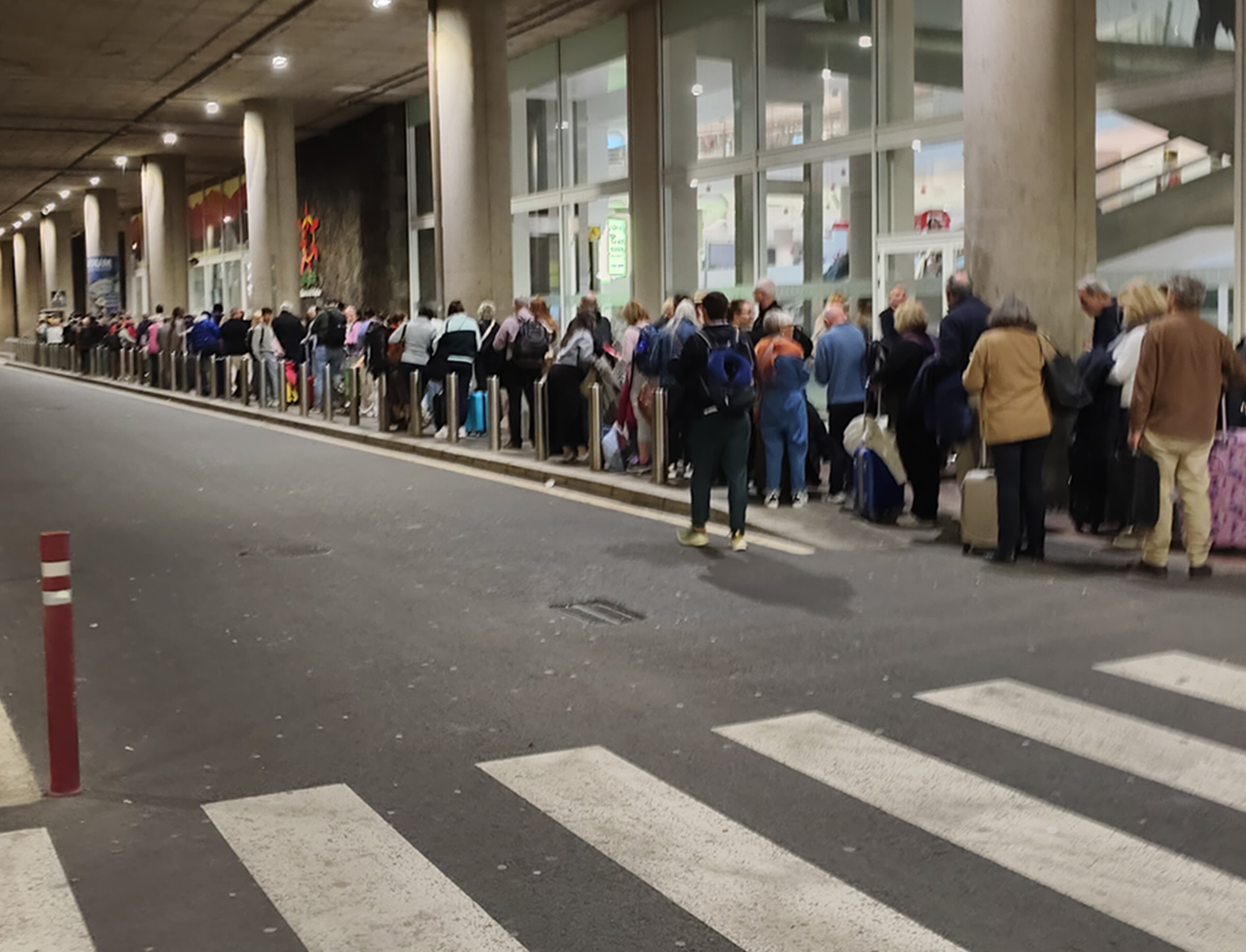On December 23, just before the Christmas holidays officially began, there was not a single Covid patient in the ICU of the Molina Orosa Hospital, which had been free of coronavirus for almost two months. And on the ward at that time there was only one, while another 51 were in home isolation. Just one month later, the island has multiplied its active cases by 20, going from 52 to a thousand, and has 63 people hospitalized, 14 of them in the ICU, and more than 900 in home isolation.
In addition, since that December 23, the number of accumulated cases up to that time on the island has doubled, going from 1,531 to 3,163 this Monday. That is, more cases have been diagnosed in one month than in the previous ten months since the beginning of the pandemic, specifically 1,632. And the majority corresponds to the last 12 days, when the detected positives have multiplied exponentially.
On January 12, the barrier of 2,000 accumulated cases in Lanzarote was exceeded and last Sunday 24, less than two weeks later, the barrier of 3,000 was exceeded. And those close to 1,000 are precisely those that remain active (on Sunday there were 1,067 and this Monday 990), since the rest have been discharged.
At the worst moment of the second wave there were 12 patients admitted to Lanzarote and only one in the ICU, and now there are 63 and 14 in the ICU
Not even in the peak recorded between the end of August and the beginning of September did it come close to the current situation in Lanzarote. At that time, the worst day there were 579 active cases, specifically on September 11. And in addition to being almost half of what it is now, the other big difference is that then there were 12 patients admitted and only one of them was in the ICU.
However, this Tuesday there are 63 people admitted to the Hospital, 14 of them in the Intensive Care Unit. In addition, in the last week alone, eight people have already died in Lanzarote -almost as many as in the entire pandemic-, and the figures for hospitalized patients and new positives raise fears that more deaths may be recorded in the coming days.
Meanwhile, the famous contagion curve continues to skyrocket and the accumulated incidence figures have pulverized any record not only in Lanzarote, but throughout the archipelago. No island in the Canary Islands has even come close to the incidence per number of inhabitants that Lanzarote currently has.
That accumulated incidence on the island stands at 401.9 new cases per 100,000 in the last seven days (compared to 109.3 for Gran Canaria, which is the second island with the highest alert level, or the 94.8 average for the Canary Islands) and 793.2 cases per 100,000 inhabitants in fourteen days (Gran Canaria has 213.6 and the Canary Islands average is 189.1, less than a quarter).
Lanzarote had an accumulated incidence of 180.6 cases per 100,000 inhabitants in seven days and 332.2 in 14 days in September, but now it more than doubles those figures
In the second wave that coincided with the end of summer, that incidence per inhabitant did not reach even half, neither in Lanzarote nor in any other island of the archipelago.
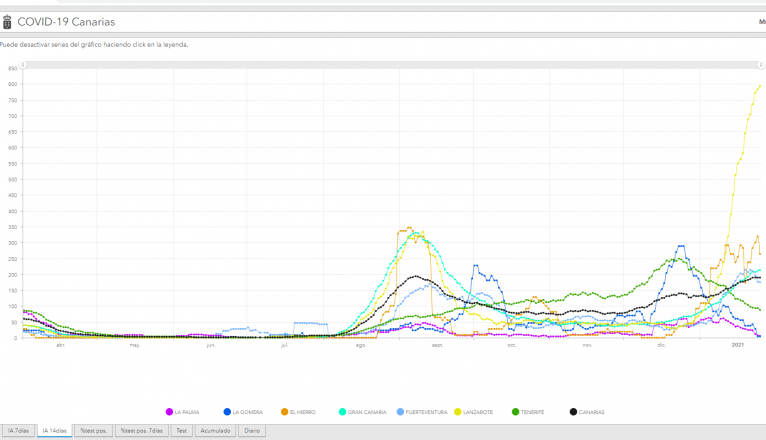
One of the highest peaks was also marked then by Lanzarote, which in September had an accumulated 180.6 in seven days and 334.2 in fourteen days, but now it more than doubles those figures. In addition, the situation has been aggravated by the type of patients affected, since in this third wave the group that has suffered the most infections is that of those over 65 years of age, who are the ones at greatest risk.
This has directly influenced the number of hospitalizations and also deaths, although younger people are not exempt from suffering complications with this disease. In fact, one of the deceased in the last week was only 38 years old. As for the people who remain admitted, the average age is around 60 years, but there are also eleven under 40 and one who is only 20 years old.


